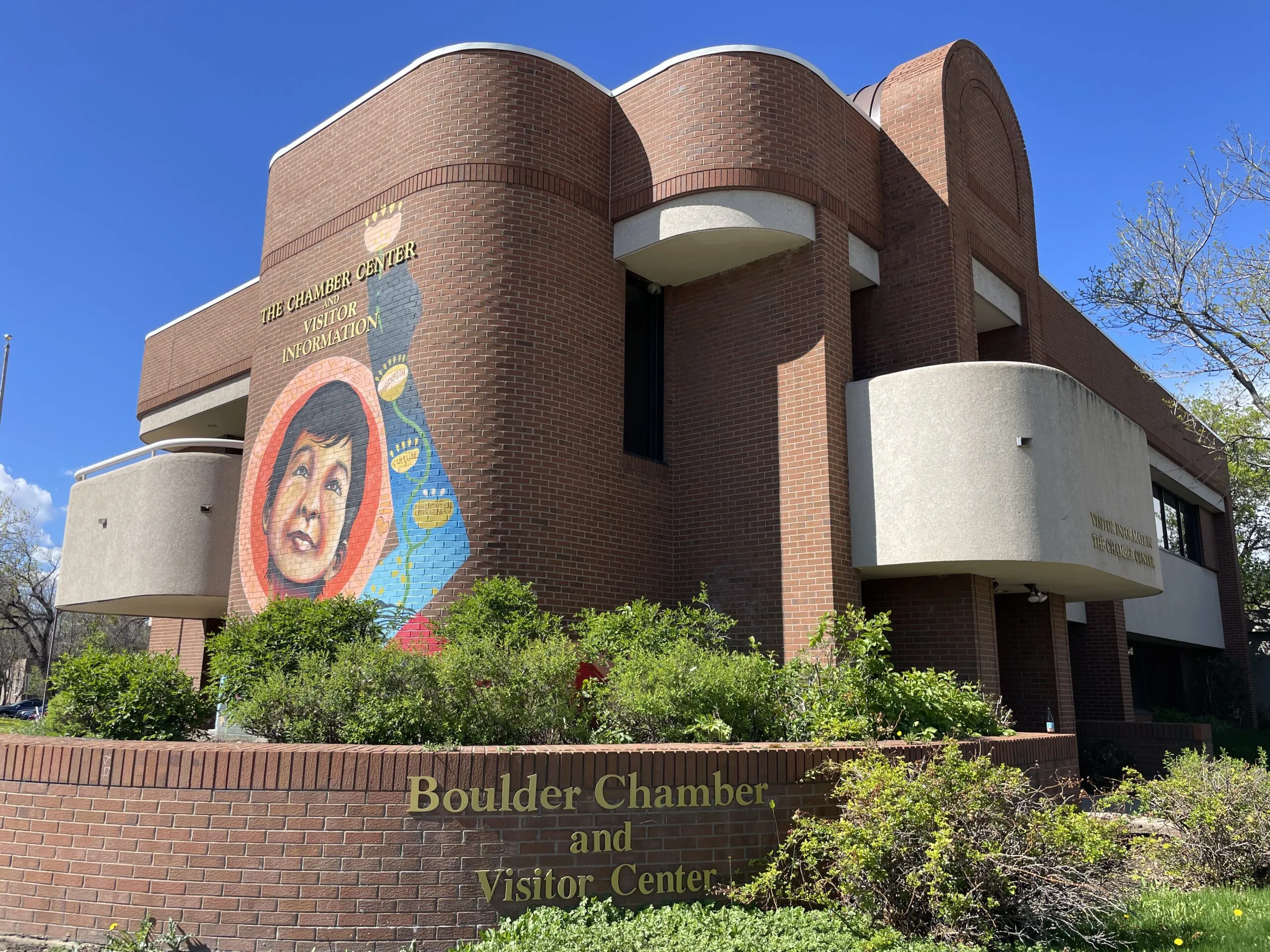Griggs: Do you have Susto? Or just plain old PTSD?
Protests, beatings, riots and pandemics shock the senses, but what agitated me this week was the memory of closing on a loan in 2009. Sylvia del Monte, a Mesoamerican healer, listened quietly as I ranted about the injustice. After 11 years I was still angry and resentful that bank officials added a last minute $800 invoice to my closing costs.
I remember her repeating the word susto or “fright illness.” It’s a Latin American folk diagnosis involving perdida del alma (loss of the soul) when a shock causes the person to lose a part of their vital essence — a lack of trusting that the world is safe. It can be caused by a fall, assault, accident or other extreme troubling event. If untreated, she said, the trauma gets hard-wired into memory and yanks us back to the painful event. The parallel to recent wars and pandemics was evident.
Since the conflicts in Iraq and Afghanistan we’ve all heard of PTSD (Post-Traumatic Stress Disorder). It can follow exposure to a traumatic event — sexual assault, combat, child abuse, auto accident. Symptoms must last more than a month. During the world wars they called it “shell shock” or “combat neurosis.” In the U.S. (pre-2020) 3.5% of the population was diagnosed with PTSD and 9% were predicted to develop it sometime in their lifetimes. Since these numbers may have recently changed, an understanding of susto might add value in leading and managing others and ourselves.
SPONSORED CONTENT
Dr. Pam Darcy says PTSD is one of many conditions that may resemble susto. PTSD was officially recognized in 1980 in the American Psychiatric Association’s DSM (Diagnostic and Statistical Manual of Mental Disorders). Susto and its related concepts of soul theft and soul retrieval was documented in Aztec writings over 500 years ago. Treatments have been used for thousands of years and are still practiced today.
Sylvia del Monte explains susto as a trauma that hasn’t been processed — thus fragmenting the soul. The brain starts to hard-wire in such a way that specific thoughts and memories dredge up the event along with the emotions of fear, anger, embarrassment and disgust. Both PTSD and susto often display anhedonic symptoms — the inability to feel pleasure — a missing part of the soul.
The misleading label of a culture-bound disorder omits the fact that people in all cultures can see signs of susto in family, friends or even themselves. For years we thought only tough male soldiers got PTSD. Now, with an open-minded understanding of susto, it’s clear why it occurs in every occupation, in both genders, in all populations.
It would be easy to overlap susto with the common ‘panic attack’ except that these sudden periods of intense fear usually last about 30 minutes. Ms. del Monte teaches that brain wiring can be rerouted by pairing the old event with many layers of relaxing physical sensations, connection with loving family and friends and, speaking aloud about the disturbing episode.
Del Monte’s susto overview for rewiring the trauma:
- Power of community — surround the person with close and trusted people who are optimistic and loving.
- Layering all five senses with calming and relaxing sensations — this process begins to assist the person in adjusting old triggers and memories.
- Speaking one’s truth out loud — in the presence of trusted people, the person speaks aloud of the past trauma and fright without fear of judgment or ridicule.
In the Latin culture you might hear about the barrida or ‘sweeping’ ritual along with the curandero (male) or curandera (female) as the healer or shaman overseeing the susto ceremony. When asked how this works, del Monte replies, “Fear grows in the silence and the darkness.”
Trying to harness and clarify my 11-year-old banking tantrum, Ms. del Monte slowly enunciated the words “triggers-of-uneasiness.” I had frozen memories of a perceived injustice — not on a battlefield or on a ventilator. It was only $800 in a conference room yet it impacted me for years. Susto had struck in a small but lasting way.
Today’s stress from riots, pandemics, politics and even real estate closings will pass. It’s up to you and I (and others who care) to process those frightful emotions.
Rick Griggs is a former Intel Corp. training manager and inventor of the rolestorming creativity tool. He runs the 10-month Leadership Mastery Academy. rick.griggs83@gmail.com or 970-690-7327.
Protests, beatings, riots and pandemics shock the senses, but what agitated me this week was the memory of closing on a loan in 2009. Sylvia del Monte, a Mesoamerican healer, listened quietly as I ranted about the injustice. After 11 years I was still angry and resentful that bank officials added a last minute $800 invoice to my closing costs.
I remember her repeating the word susto or “fright illness.” It’s a Latin American folk diagnosis involving perdida del alma (loss of the soul) when a shock causes the person to lose a part of their…


